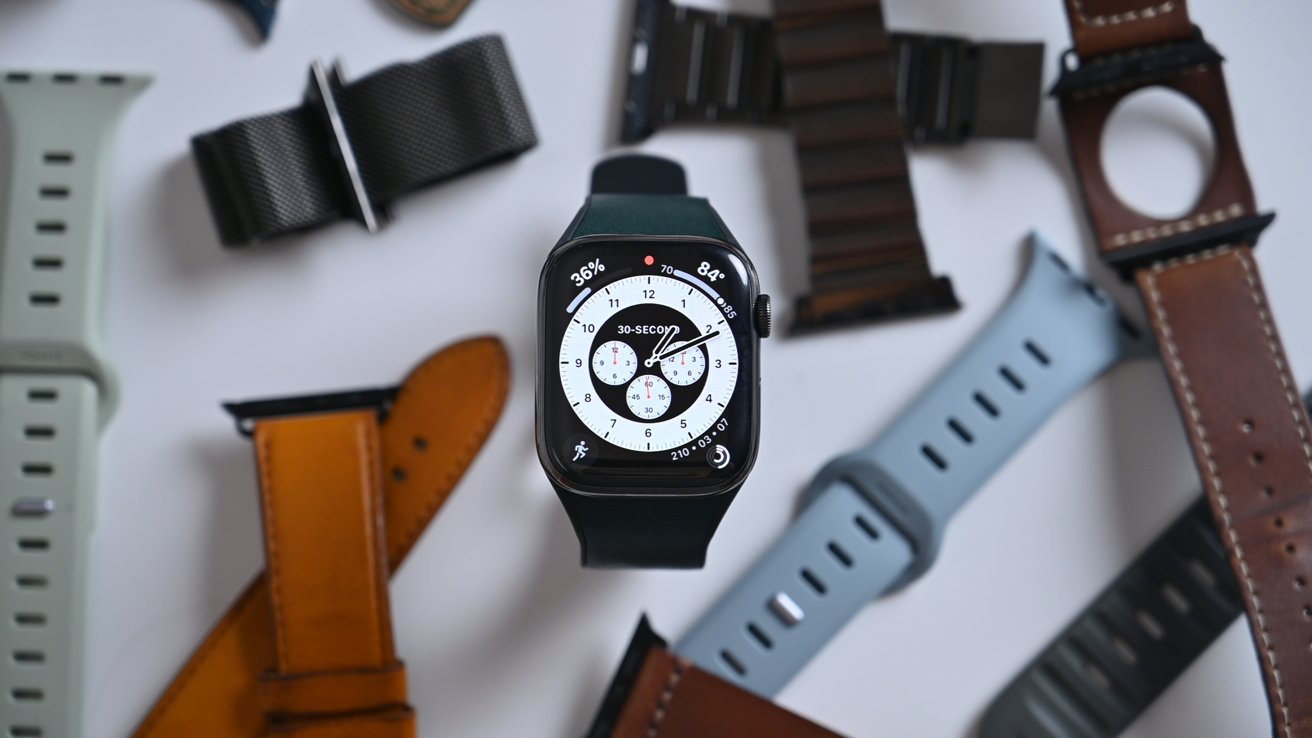As it turns out, wristbands, like the one used with the Apple Watch, are the perfect breeding grounds for bacteria like Staphylococcus and E. coli. Here’s why you should start disinfecting them.
If you’re like most smartwatch owners, chances are you wear your device daily. Unfortunately, as new data shows, you probably aren’t washing your smartwatch, either.
A new study published in the science journal Advances in Infectious Diseases, spotted by The New York Post has shed light on just how filthy the average band is.
Researchers from Florida Atlantic University (FAU) tested wristbands of different materials, such as plastic, rubber, cloth, leather, and metal, to determine which materials harbored the most bacterial buildup.
What they found was that 95% of the wristbands they tested harbored some sort of dangerous bacteria. Staphylococcus spp, responsible for staph infections, was found on 85% of wristbands. About 60% of the bands tested positive for E. coli. And 30% tested positive for Pseudomonas, an antibiotic-resistant bacterium associated with sepsis and pneumonia.
The bacteria was in highest concentrations on cloth bands, then plastic and rubber, followed by leather. Metal bands, notably those made of gold and silver, carried the least bacterial load.
Plastic and rubber are especially notable because their porous and static surfaces actually attract bacteria and harbor their growth.
And the reason for these bacteria hotbeds is simple: people don’t wash their watchbands. This is especially concerning as many smartwatches double as fitness trackers, so wearers often wear them at the gym or during strenuous activity. Unsurprisingly, watchbands worn by those who routinely went to the gym had higher bacterial counts than those who didn’t.
Nadine de Vries, an Apple Watch wearer, has worn her Apple Watch nearly daily since purchasing it in 2019.
“I clean it rarely. Maybe twice a year I will wash the bands in soapy water and wipe the inside where the bands click in, but very rarely,” she told The Post.
The study takes special care to remind healthcare workers that they should routinely disinfect their wristbands, as many of the bacteria found are antibiotic-resistant. By doing so, they can avoid unnecessary outbreaks of MRSA-like diseases.
You may be wondering how best to clean your Apple Watch band. Don’t worry — the study sheds some light on that as well. Lysol disinfectant spray and 70% ethanol alcohol both boasted a >99.99% kill rate regardless of wristband material.
The study also notes that while apple cider vinegar is often the eco-friendly cleaning choice many reach for, it had nearly no effect on certain strains of Staphylococcus bacteria.





